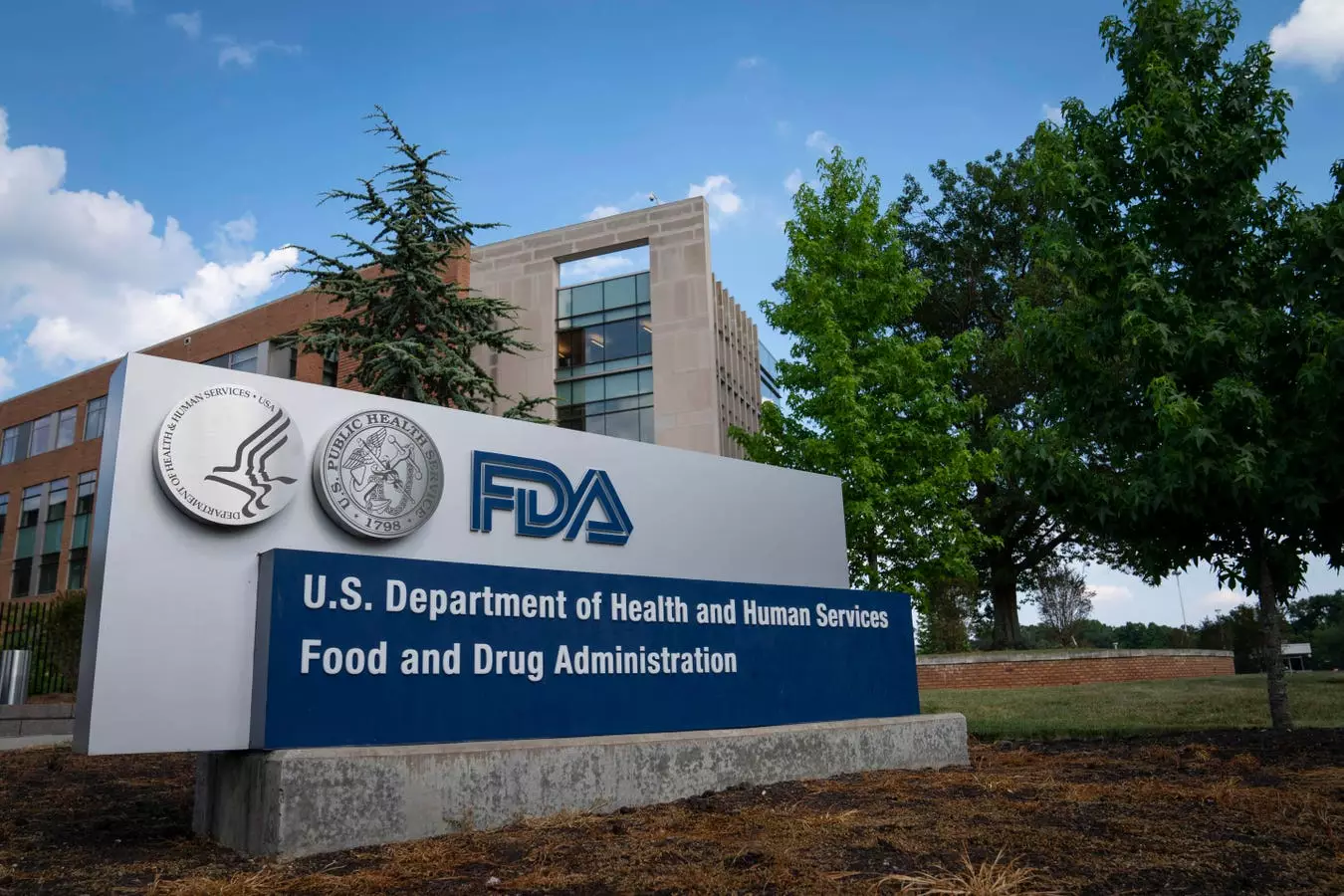In a recent development that has garnered attention, the Food and Drug Administration (FDA) moved to prohibit Red No. 3 in all food categories, beverages, and consumed pharmaceuticals, requiring manufacturers to eliminate it from their products by January 2027. This decision, while significant, opens a dialogue regarding remaining artificial dyes still permitted for use in the American food landscape. With eight synthetic dyes still sanctioned, questions abound about their health implications, the companies that utilize them, and the potential impact of political shifts on food regulation.
The addition of synthetic colorants in food production has long been a strategy employed to enhance the visual appeal of products. The allure of vibrant colors can increase consumer desirability, thus driving sales. Yet, the detrimental implications of these artificial dyes are increasingly coming to light. Research is raising alarms about their potential health risks, particularly their association with behavioral disorders and various health conditions.
For instance, numerous studies have explored the potential links between artificial dyes and children’s health, suggesting connections to hyperactivity and ADHD. As society leans towards healthier food choices, the sustained use of these colorings raises ethical dilemmas for producers. The awareness of these health risks compels consumers to scrutinize labels closely, thus creating a burgeoning demand for transparency in food production.
Post the FDA’s recent decision, eight artificial dyes remain approved for human consumption in the United States. Data indicates that these synthetic dyes find their way into a disturbing percentage of popular food items, particularly in candies, fruit snacks, and beverage mixes. A considerable majority of these products utilize dyes derived from petroleum, which has raised red flags among consumer health advocacy groups.
According to research from Consumer Reports, brands like Trix and Lucky Charms, developed by General Mills, and Kellogg’s Froot Loops, contain these harmful color additives. The troubling aspect is that while many other countries have banned certain dyes, the U.S. continues to permit their usage, reflecting a slower pace in terms of regulatory reform when it comes to consumer safety.
The growing trend toward health-conscious consumption can potentially disrupt the financial landscape for companies relying heavily on artificial colorings. As seen with General Mills and Kellogg’s, which have made promises to reduce or remove synthetic dyes, failure to comply with consumer expectations for healthier products could lead to diminished sales and, consequently, a lower stock valuation.
In this transitional environment, companies must adapt to evolving consumer preferences or face potential market repercussions. Discontent amongst health-conscious consumers could emerge as a formidable force that drives regulatory changes in the food industry, ultimately challenging the status quo of food production practices.
Within this landscape, several manufacturers play a noteworthy role in both food production and the synthesis of artificial dyes. Companies like Sensient Technologies, Archer Daniels Midland, and DowDuPont are significant players involved in producing these petrochemical-based colorants. Despite the opaque nature of their responses regarding revenue generated from products containing artificial dyes, their operations contribute significantly to the continuing existence of these additives in the food supply chain.
Intriguingly, as regulatory scrutiny increases, and with shifts in political dynamics such as a potential Robert F. Kennedy Jr. nomination, there is a palpable tension between profit motives and growing health concerns. This change could precipitate further scrutiny of the remaining approved synthetic dyes, prompting a reevaluation of their status in various food products.
The ban on Red No. 3 represents a pivotal moment in the complex conversation surrounding food safety and consumer health. As we confront an era marked by a greater emphasis on healthy eating, it is crucial to understand the implications of artificial dyes in the products we consume.
What remains clear is that the trend of prioritizing health could pressurize food producers to reconsider their ingredient choices. As advocacy for healthy, natural alternatives continues to grow, companies will be compelled to innovate their offerings, not only to comply with consumer demand but also to navigate an increasingly watchful regulatory environment.
While the FDA’s decision is a positive stride toward food safety, it raises broader questions about the sustainability of artificial coloring agents and their health impacts. As consumers, the importance of fostering awareness around these issues and advocating for reform in food safety regulations cannot be overemphasized. The future of our food systems may hinge on this very transformation, shaping policies that prioritize human health over mere aesthetics.


Leave a Reply